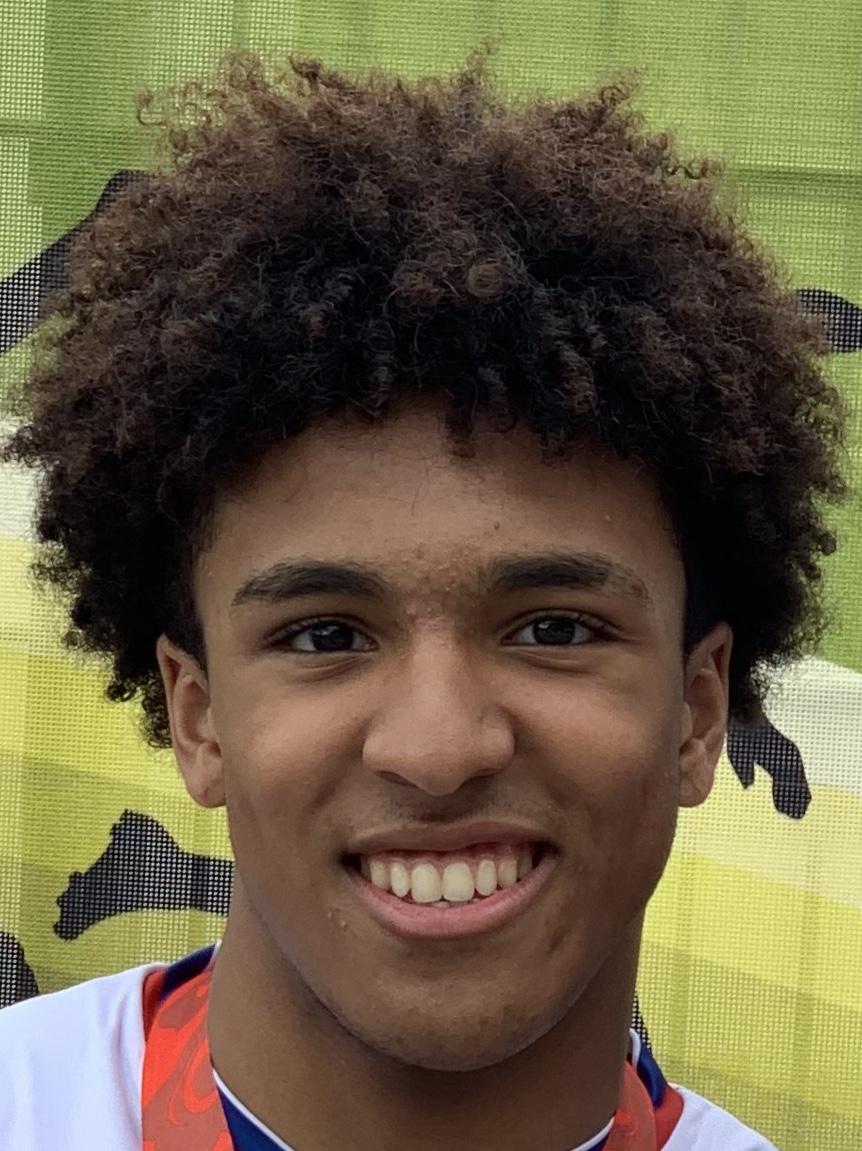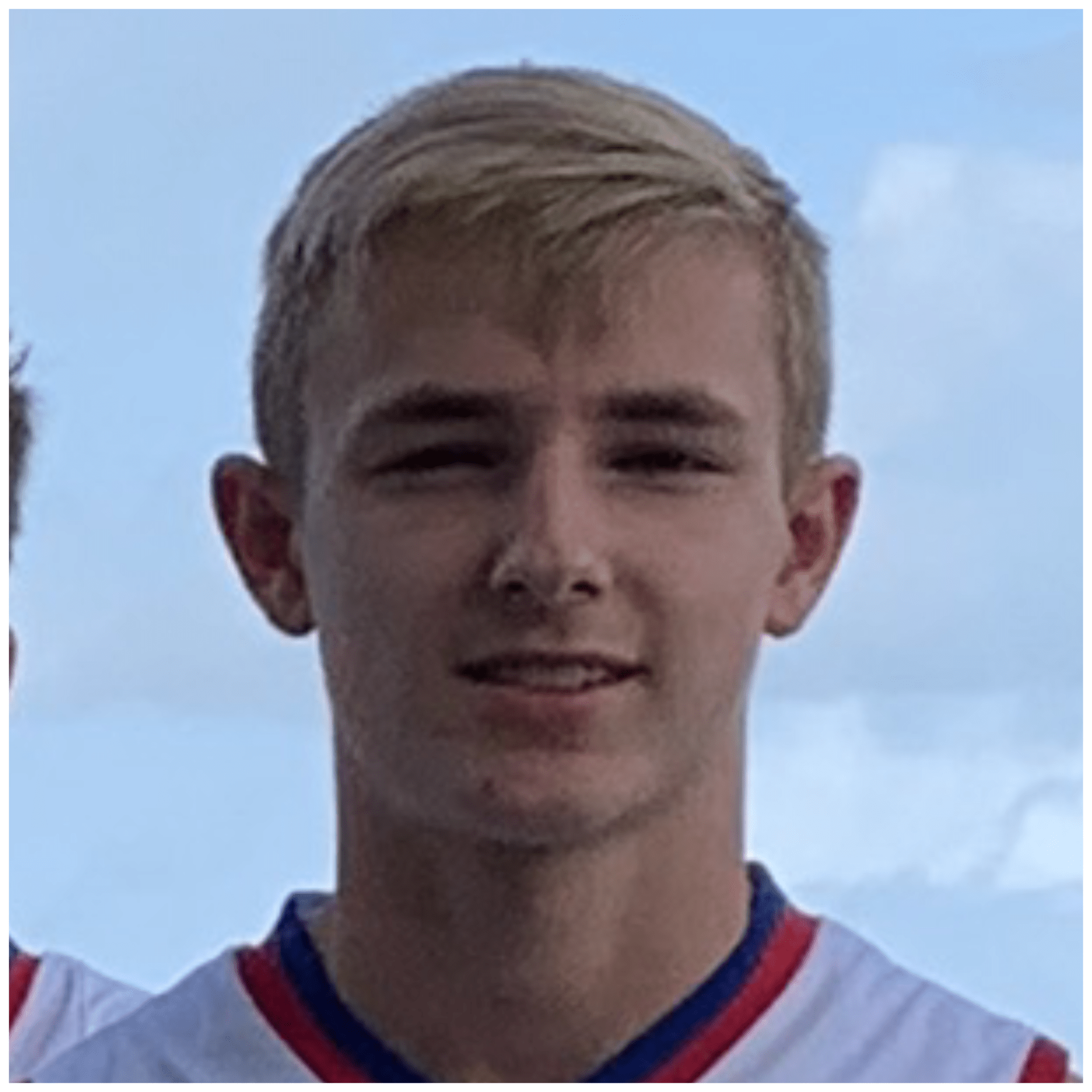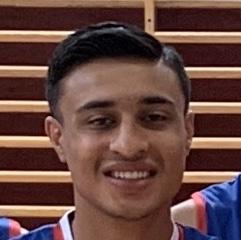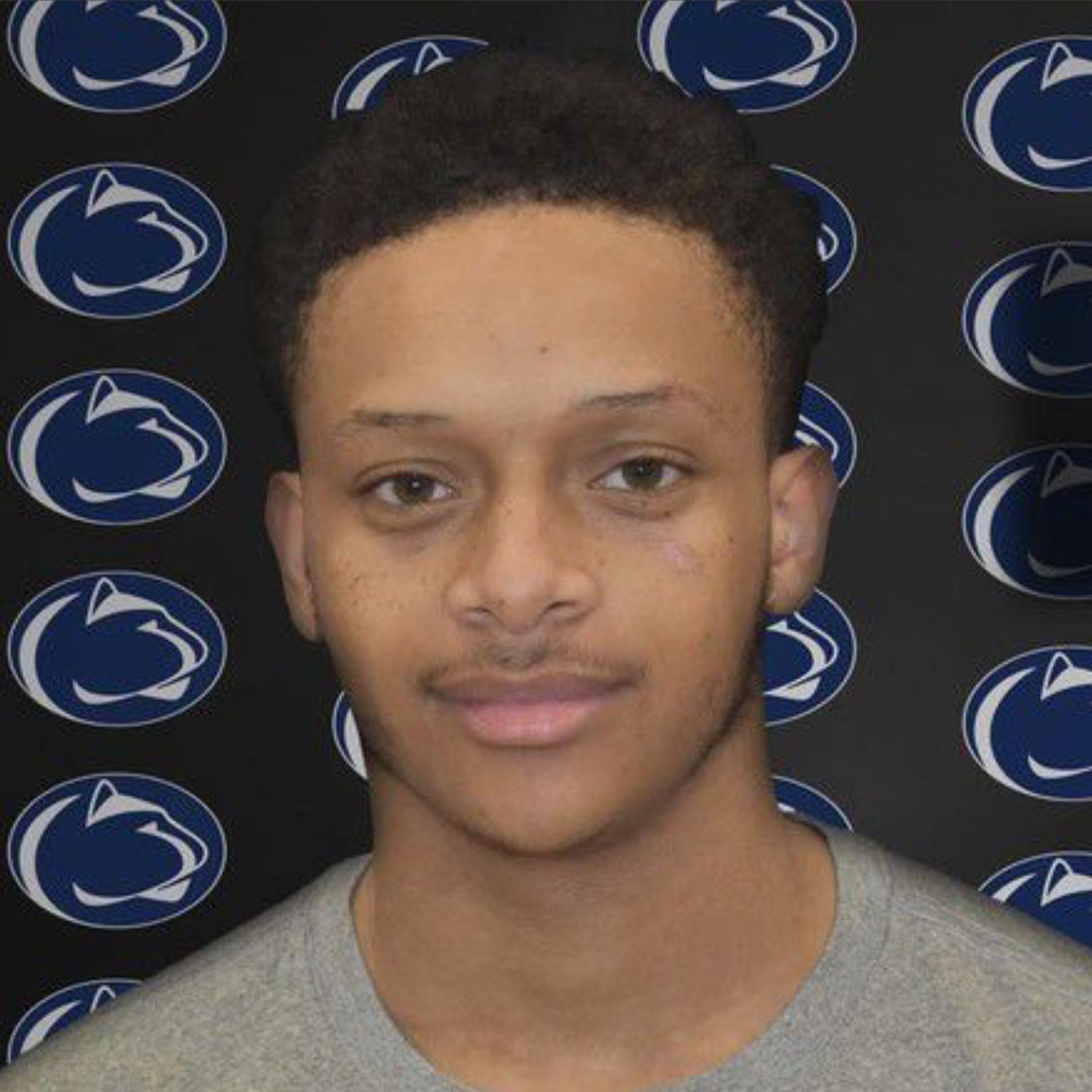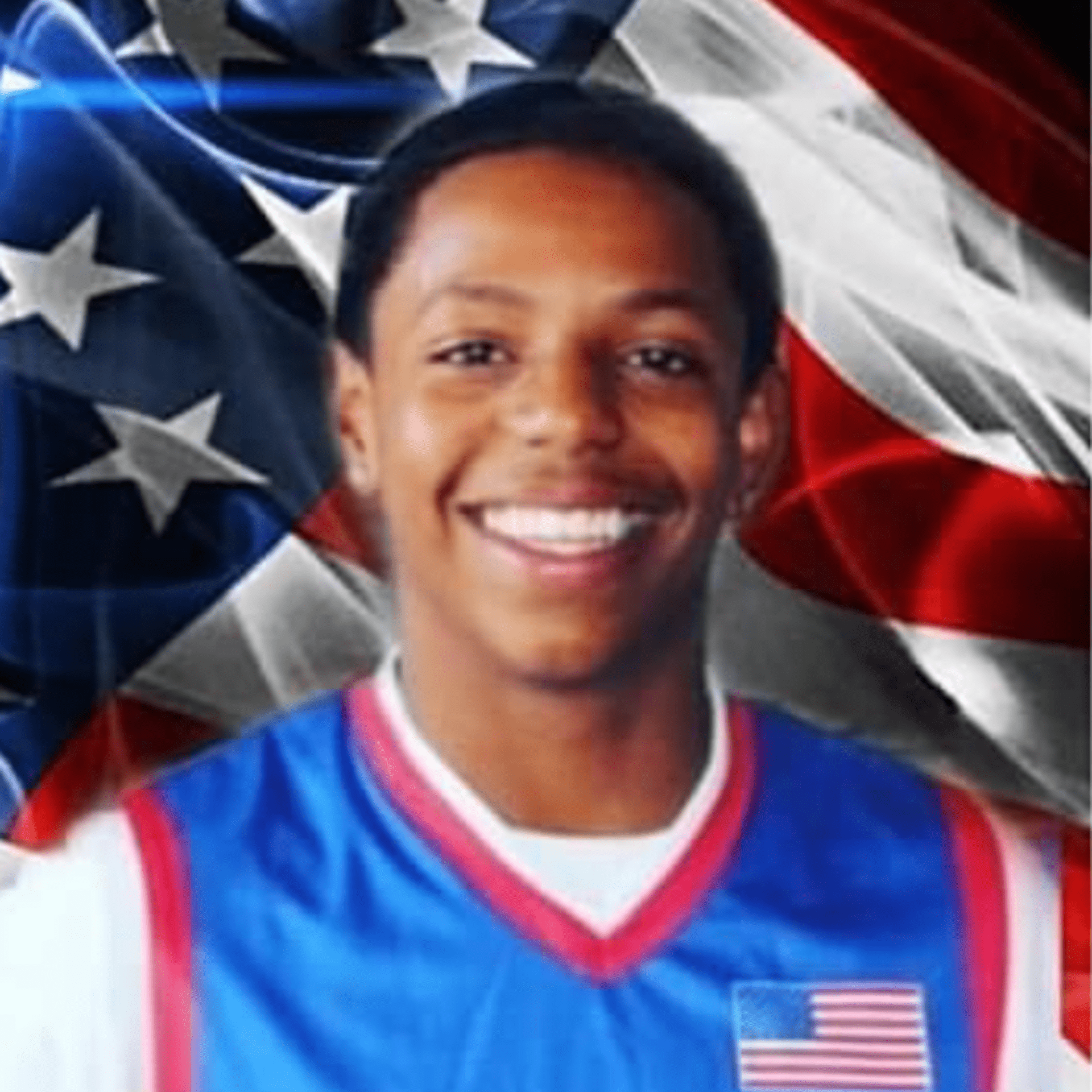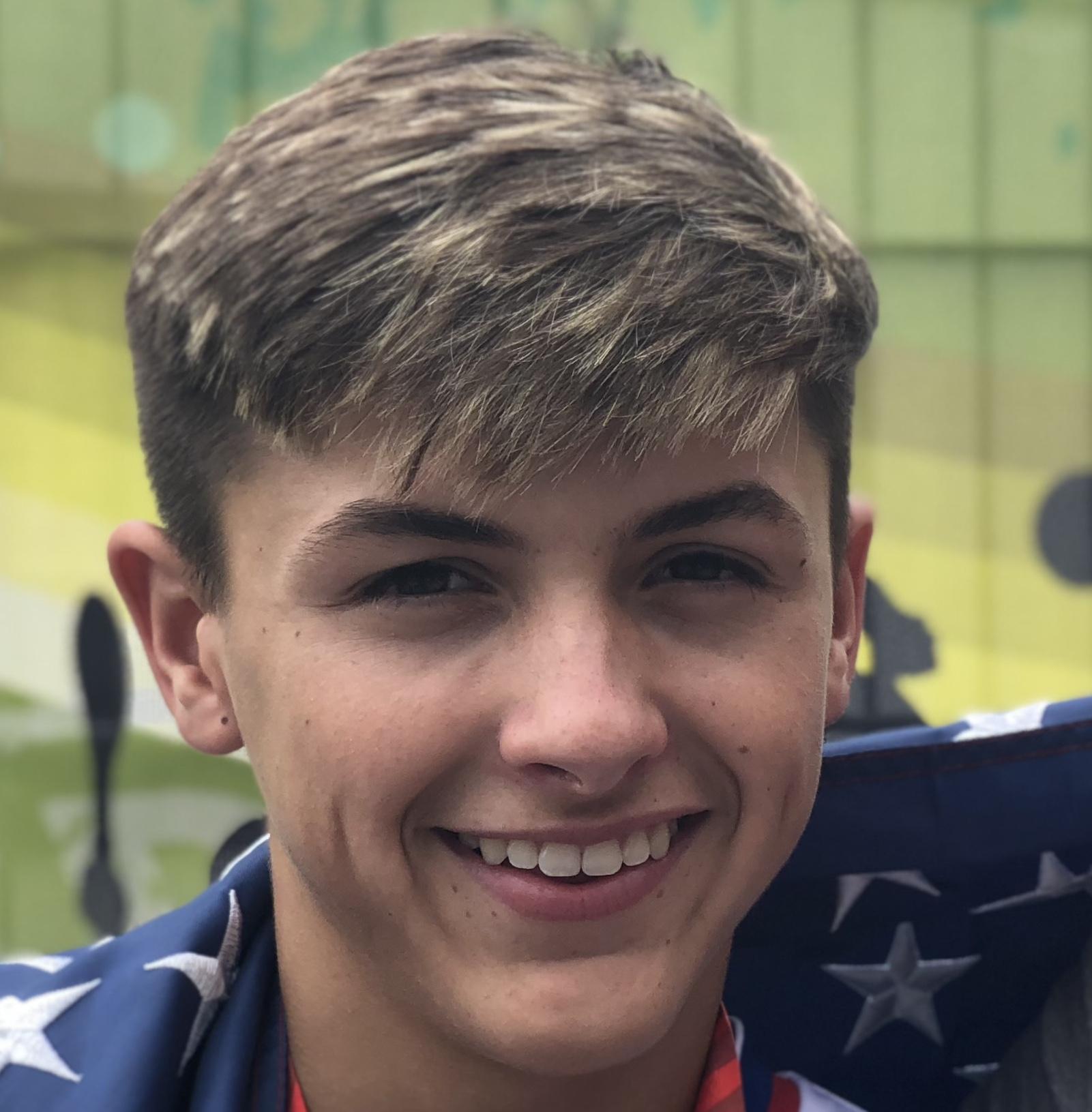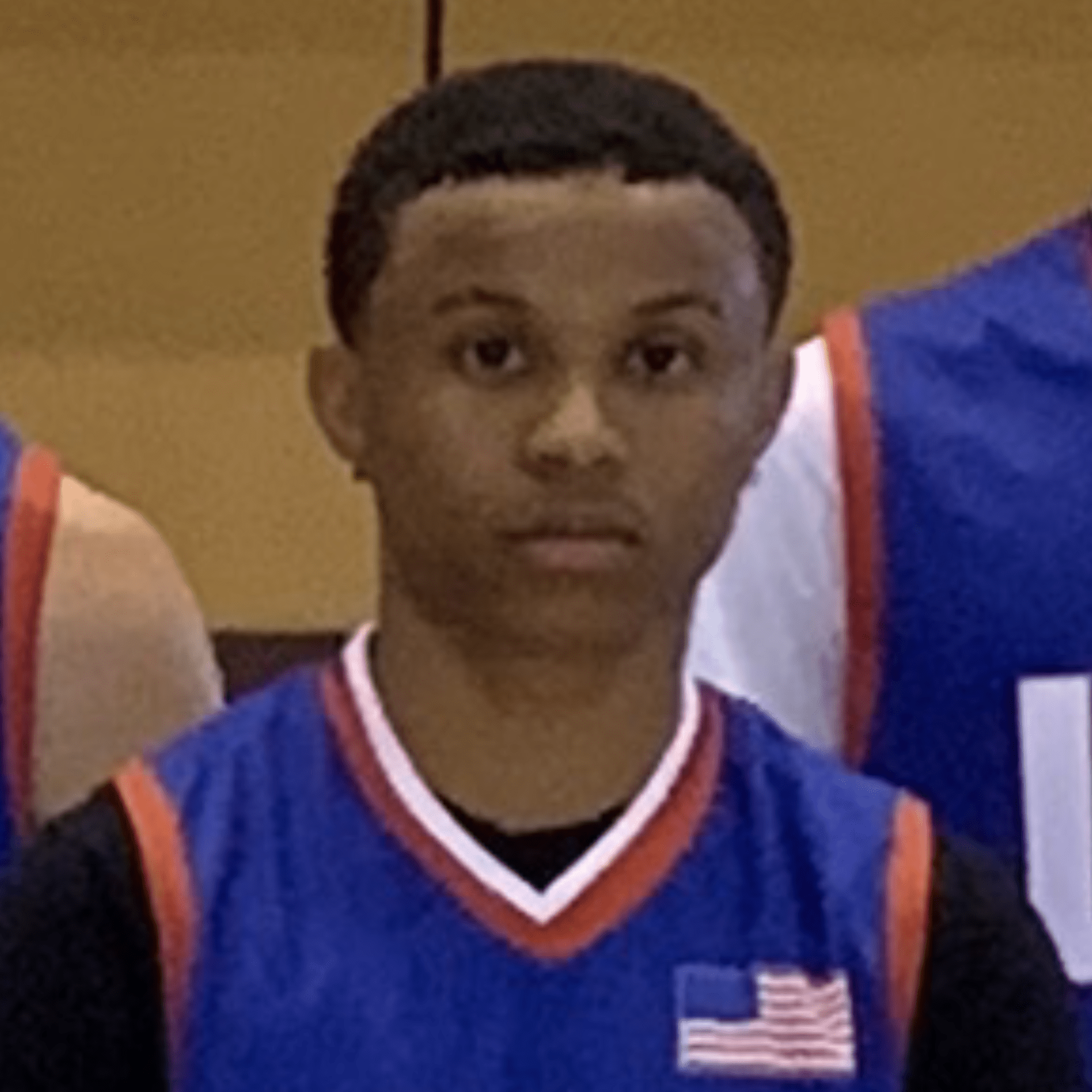Considering Your Personnel When Constructing Your Full Court Press
As a coach, it is important to consistently try to maximize your team’s potential, but how can we learn to adapt our full court pressing schemes to best fit our player’s abilities?
Jim Boylen, current Head Coach for the Chicago Bulls and former assistant for the 2014 NBA champion San Antonio Spurs, teaches that when constructing your defensive philosophy, you should first determine which way you want to push the ball, especially in pick and roll coverages, as a team.
He explains that if your bigs are not the most mobile or adept at defending on the perimeter, you should push the ball down to the sideline/ baseline and utilize “drop” coverages. This will shrink the court, allow your bigs to remain closer to the basket, and limit the passing options of opposing playmakers.
He goes on to say that if your bigs are more athletic or your team plays a more positionless style, consider pushing the ball middle into help and blitzing often to force turnovers. If done effectively this will allow you to overwhelm the opposing teams ball handlers, create more opportunities for traps, and even if the opposition makes the correct pass, your players will be athletic enough to scramble and recover.
To illustrate how these principles can be related to constructing your full court press, we will examine two of the most successful presses in recent NCAA history: Jay Wright and the 2016 National Champion Villanova’s “1-2-2” press which pushed the ball down the sideline, and Shaka Smart’s “Havoc” press, developed at VCU, which forced the ball handler middle.
Villanova’s “1-2-2” Press
The goal of Jay Wright’s “1-2-2” 3/4 court press is to take away the middle, bait the opposing ball handlers towards the sideline, into one of the four mid-court corners, and then trap. What led to this press’s rise in effectiveness in 2016 was the arrival of Mikal Bridges, who would go on to spearhead the “1-2-2” during each of his 3 years at Villanova. Bridges’ length and athleticism made him the perfect candidate to take on the responsibilities of the player at the top of this scheme. Even as a freshman, for 20 minutes a night he could steer the opposing teams ball handlers toward the sideline where savvy guards like Josh Hart, Ryan Arcidiacano, and Jalen Brunson would be waiting for them.
While Bridges was incredibly effective in this role, he could not be tasked to do it for the whole game. Insert Ryan Arcidiacano and Josh Hart. While neither of them possessed the raw physical tools of Bridges, they were able to make up for it in large part because they were savvy, intelligent upperclassmen who played hard, understood the intricacies of the system, and knew how to play mind games with the opposition.
The press is, in large part, predicated on the idea of trying to lull the opposing ball handlers into a sense of comfort before shocking them into a poor decision. A rule that Wright preaches is to “attack small, retreat big” which essentially means to faint or stunt at the ball handler, faking them into assuming the trap is coming, and then retreating with high hands to play the passing lane. Arcidiacano became a master of the game of cat-and-mouse that this press forces opposing guards to play, and along with Hart, was a change of pace from the lengthy Mikal Bridges, forcing teams to adjust on the fly.
Inevitably, the scheme forced the opposition to carefully advance the ball, which in turn slowed the pace of the game, allowing coach Wright to get away with running a tight, 8-man rotation. It also made the game easier for the 250-pound Daniel Ochefu, who essentially played goaltender, a role he could handle for 23 minutes a night. It also highlighted the savviness of his less explosive guards and allowed the young Mikal Bridges to have a massive effect on the game even before his offensive game was ready.
VCU’s “Havoc” Press
While Villanova’s press is more of a calculated mind game, Shaka Smart’s “Havoc” press is 40 minutes and 94 feet of constant pressure and chaos. The key to the “Havoc” style press is the “Mad Man” out front. Starting from a 1-2-1-1 formation, the “Mad Man’s” role is to try to influence the ball towards what Smart calls the “Coffin Corner”, which is the strongside corner on the offense’s own baseline. If the other team manages to get the ball out of the corner, the “Mad Man’s” job is to then chase the ball and attempt to trap, all the way down the floor. This is an incredibly physically and mentally challenging assignment. It requires great athleticism and an almost undying motor. Running this consistently will require you to have multiple players ready to take it on. The rest of the defense must remain alert and disciplined as well, as it is their job to continually stunt at ball handlers while the “Mad Man” recovers and zone up passing lanes on every trap.
This hectic style highlighted the mental and physical toughness of players like Treveon Graham and Briante Weber. By forcing the other team to play at their chaotic pace it helped level the playing field against talented opponents. A nice touch by Smart was to assign terminology like “Havoc”, “Mad Man”, and “Coffin Corner” to truly reinforce the culture and mindset of his squads.
The Takeaway
The overarching point of these illustrations is to encourage coaches to strongly consider your personnel, not only when constructing your half-court defense, but also when building out your full court press schemes. Villanova’s “1-2-2” press worked because their players were savvy and knew how to bait the other team into situations that they knew could be taken advantage of. VCU’s “Havoc” press worked because they went 11 to 12 players deep, with hard-nosed athletes who could create enough chaos to allow them to hang with even the most talented opponents.
When implementing your press for the new season, think about your team’s mental makeups and physical traits, think about your rotation and the type of game you would like to play. Are your players savvy enough yet as a unit to outsmart and bait other teams into mistakes? Does your bench run both conditioned and deep enough to run a chaotic scheme? Do you want to slow the game down or speed it up?
Consider all these factors, and do not simply employ a scheme because you like how it works in theory, but construct or modify a scheme that will make your players shine in their own way.





